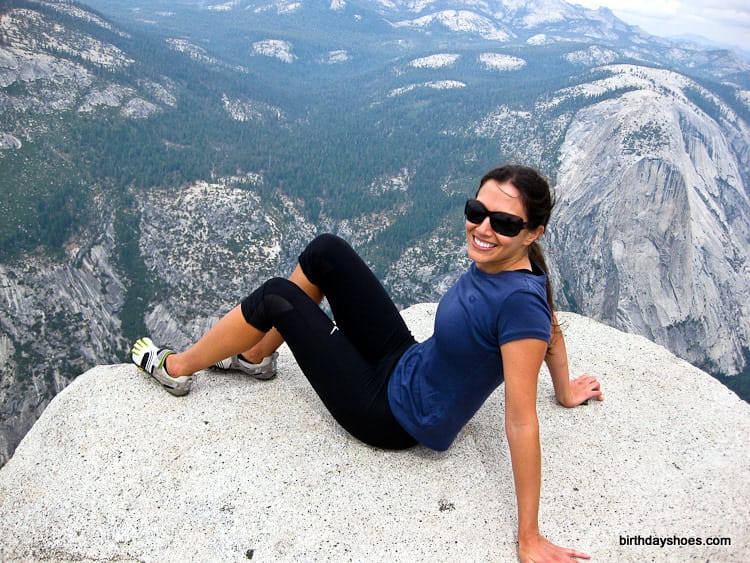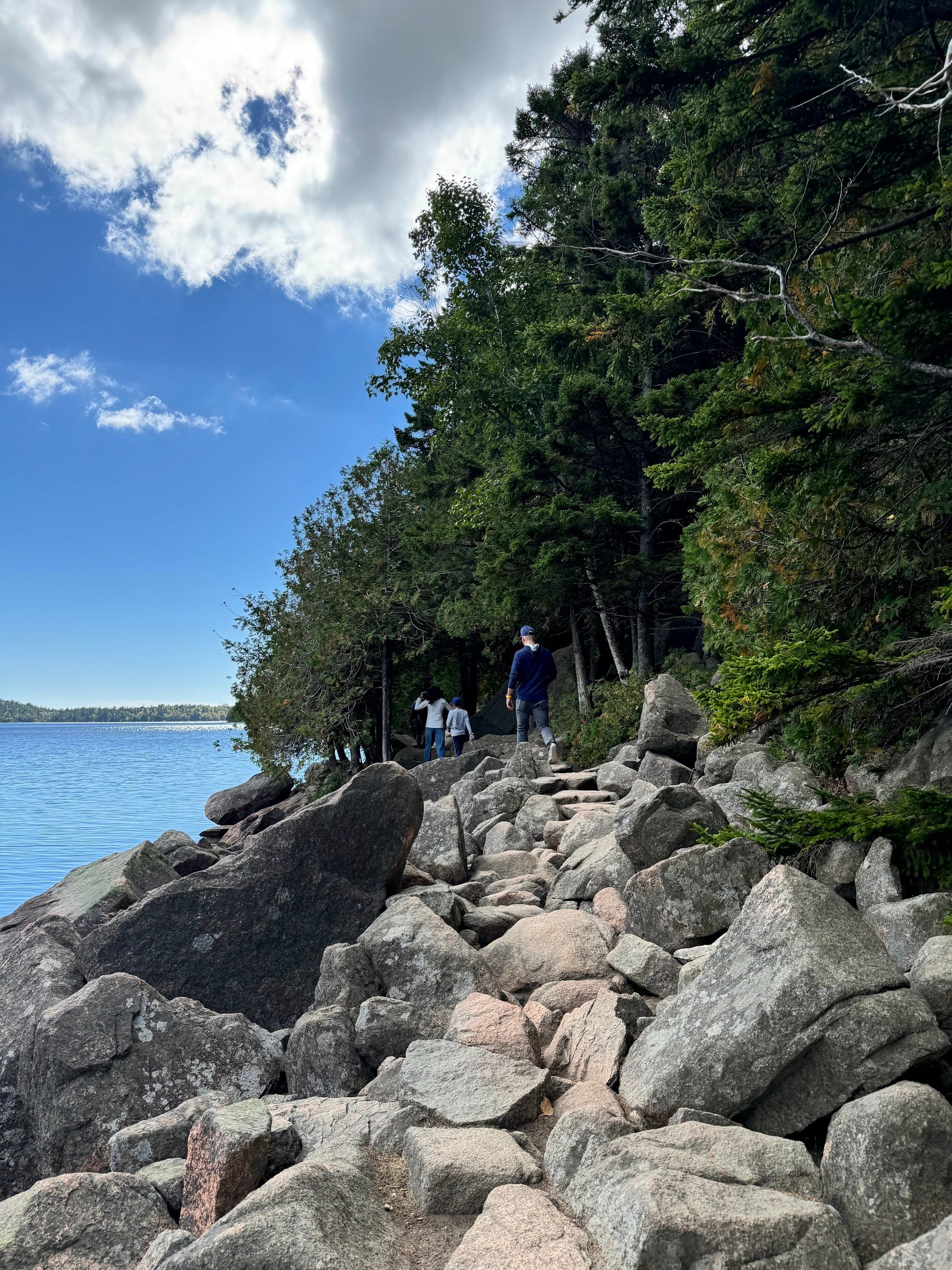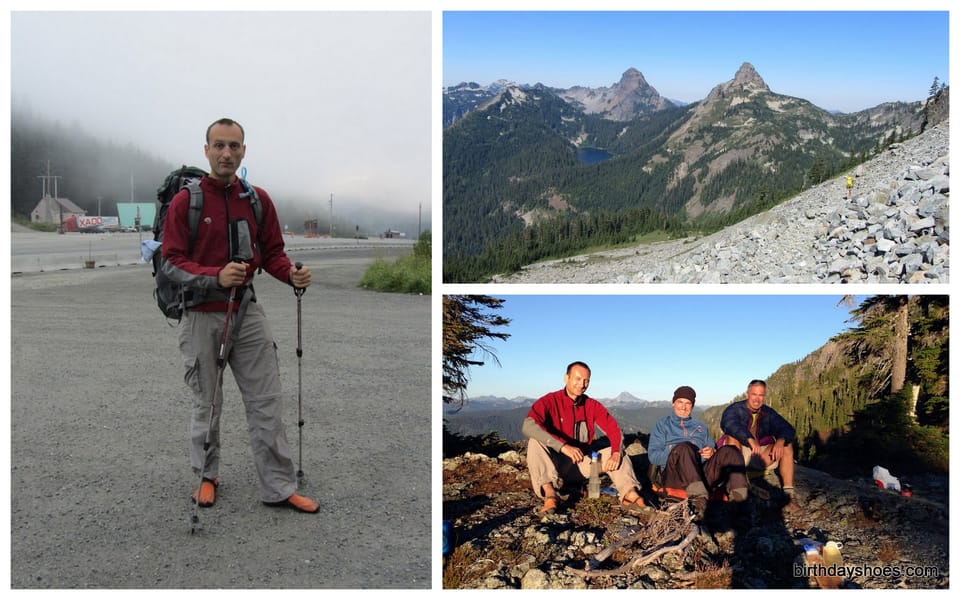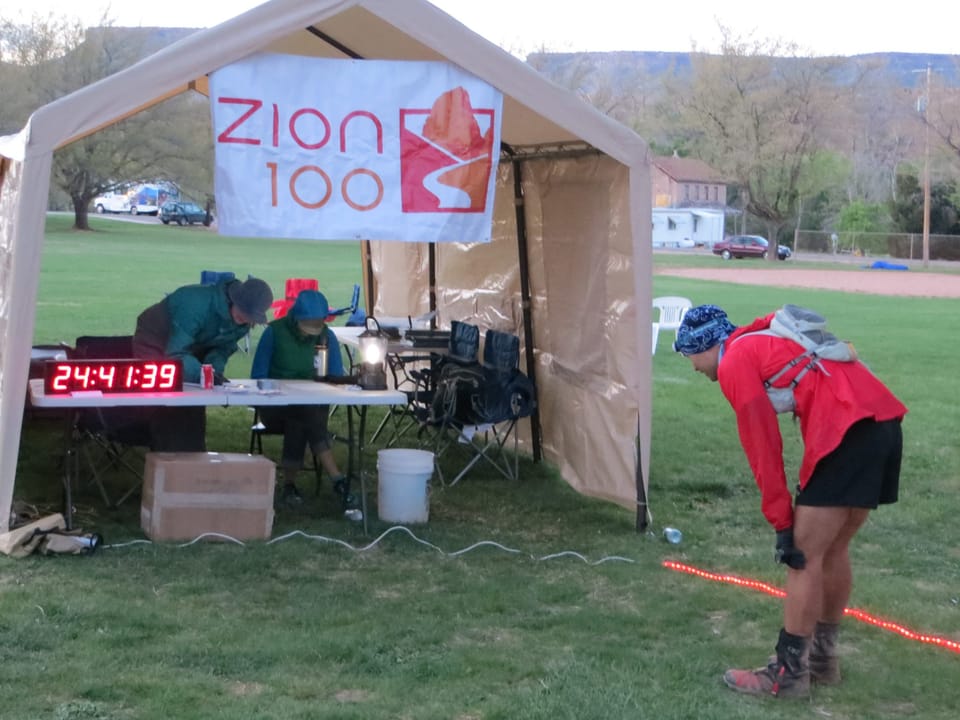Edward Edmond's Minimalist Approach to Marathon Training utilizes Barefoot Running and Racing Flats
We first ran across Edward Edmonds a few weeks ago in a youtube video of him running barefoot and posted it in our Link Love section. Later we discovered on his blog that he training full time as a runner and has the ultimate goal to run a marathon under…
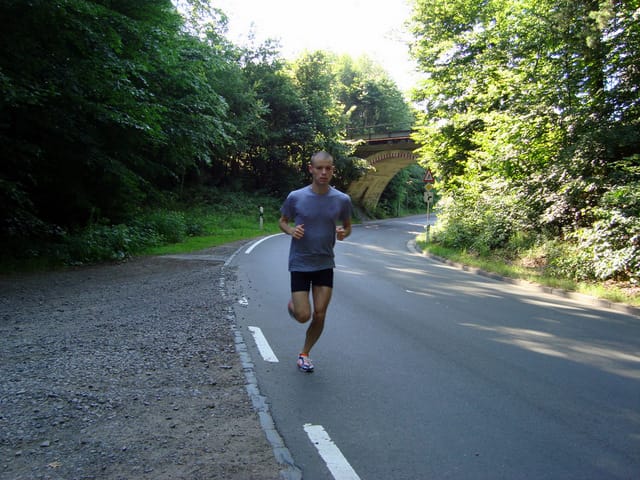
We first ran across Edward Edmonds a few weeks ago in a video of him running barefoot and posted it in our Link Love section. Later, we discovered from his blog that he trains in Europe full time as a runner with the goal of running a marathon under 2:20 and competing in the 2016 U.S. Olympic Trials. We were curious about how he incorporates barefoot running into his training and contacted him for an interview. Although he does not run exclusively barefoot or in Vibram Five Fingers, he does run barefoot to improve his form and trains in very lightweight minimalist racing flats.
Below is what Edward shared with us —
Interview with Edward Edmonds
What is your goal as a full-time runner?
Right now, my goal is to run a sub 2:20 marathon before the 2016 Olympics so that I can qualify to run in the time trials. So while that is my end goal, currently I'm focused on the 10k, 15k, and half marathon.
What is your plan to achieve that goal?
After my first marathon was basically when I decided to train full time, and by full time I mean that that is my job--eat, sleep, and run 7 days a week. Quite honestly I haven't done much racing, I have the attitude of racing to win, so once my training time trials start to point towards times that will allow me to actually compete at a decent level, then I will start a regular racing schedule. Currently for the past two years excluding my first 3 months of training, I've been training anywhere from 15-20 hours a week. And that has been mostly base building and hill work plus time trials. In general it takes about 4 years to develop an athlete to be competitive at a high level and even that is at the bottom of the scale. I'm 2 years and some change into that process and largely self coached but I do have a handful of sub 2:30 mentors.
When and why did you make the transition to barefoot/minimalistic running?
After 2 weeks of running in "traditional" running shoes, I asked the question: "Why should I run in "these" when the African runners are wearing much less?" The whole idea of running in minimal footwear just made more logical sense when I got down to thinking about it. So basically since the beginning I've been running in flats and doing barefoot drills.
How did you perfect your form and stride?
Running completely barefoot taught me the most. It's a completely different experience when you're running barefoot, it teaches you something that not even VFF's can teach you 100% properly.
It teaches you to listen to your feet, if your feet hurt--outside of the adjustment period--then most likely you are doing something wrong; if your feet feel good most likely your doing something right. I take a simplistic approach when it comes to that--and mastering the technique that is right for moving your center-of-gravity most efficiently in my opinion is best learned by paying extremely close attention to how your feet feel.
Outside of the barefoot realm though, the most effective tool in my training toolbox has been hill running, and for me that means once a week running up and down a 800m to 1k hill for 40-60 minutes. I have a belief that when your most fatigued that that is when you learn to run
most efficiently.
I think though that mainly besides the barefoot drills and hill running that having good form comes with consistency in training, in other words, practice--you can't expect to have perfect form after one day of barefoot training, your brain has to learn first and get used to the sensory information and over time your body will follow. Practice makes perfect--I think that going completely barefoot makes this process even faster.
How do you include barefoot running in your training?
I do barefoot training at least once a week, but most weeks 2 times. That training usually consists of maybe 4 x 4 minutes before or after an easy run. The reason I do reps instead of a long blocks is because I think that when you do a short session and then stop and repeat it teaches you to adjust quicker i.e. fall into the correct rhythm.
Video of Edward on one of his 4 x 4 minute barefoot training runs.
Do you ever run in Vibram Five Fingers?
I did for a while, but eventually I decided that I responded better to training that was completely barefoot. That's just me though, plenty of people get along fine with them.
Which model of Five Fingers do you prefer?
When I was wearing VFF's, I wore the "Classic" model.
I noticed on your blog that you also run in the Mizuno Wave Universe 3 racing flats. What do you like about them?
They are simple, flexible, and lightweight. They do what a shoe is supposed to, provide protection--nothing more and nothing less. There is nothing particular about the Mizuno brand that I like expect that I like the good design, if another manufacturer came out with something similar and less expensive I'd wear those. In my case VFF's don't fit that bill and in the past I have had the bruises and stubbed toes to prove it.
If your only purpose is to get from point A to point B in the fastest possible time you've got to wear some type of protection.
While I will not argue the point that our ancestors were not in stability shoes that restricted foot movement. I find it preposterous that people think that our ancestors explored the world and the 7 seas barefoot. In fact I would argue that the "shoes" they were wearing gave them the extended range they needed to explore different parts of the world and to survive in different climates. In their case they were using their "technology" for protection not for bio-mechanical
corrections".
What shoes do you wear in races?
All of my training except for the barefoot portions are done in flats. I've been wearing the Mizuno Wave Universe 2's and 3's ever since they first appeared on the market. However, since the beginning I've always wanted something with the mesh upper but a little bit thicker of a midsole--for the past few weeks I've been training exclusively in Nike Streak XC 2 racing flats and I can't really see myself going back to the 3's unless it's for anything under a 10k. I have a peak half marathon coming up in October and more than likely I will run in the Nike's.
Are there any pointers you can give to folks to be more successful in transitioning to barefoot running?
It depends on your goals really. For somebody like me who wants to compete at a high level you have to balance staying injury free with giving yourself the right amount of protection so that you can nail your weekly key workouts without of the fear of getting a ridiculous injury like a bruised foot bone or something that is completely preventable if you would have had something on your feet. You can't run a key workout to your full potential if your constantly worried about where your stepping--unless of course you're on a well maintained track.
Successful running at a high level requires a lot of things, but the most important thing is uninterrupted and consistent training--in order to achieve that goal you have to control as many variables as possible including unprotected feet. It would be silly to miss out on valuable training because of unpractical ideals. So you have to find a balance between allowing your feet to move how they are supposed to and also providing them with some level of comfortable protection.
Outside of that though the best advice I can give when training either barefoot or in VFF's is to give your feet and body ample time to adjust. People get really excited about this stuff when they find out about it, but what they don't realize is that a little bit of barefoot training goes a long way. That's the biggest thing, take it easy, I say if your dead set on wearing the VFF's, start completely nude, then use the VFF's to extend your range to whatever your goals are.
Obviously people are out there running marathons completely barefoot, I think that's pretty darn cool, but once you start to get past that, the reality that your feet are made out of flesh starts to sink in and that's when you realize that yeah, while "traditional" running shoes aren't ideal, you certainly need something on your feet. In other words using shoes to correct so-called" bio-mechanical deficiencies seems odd, however, if you wear no-frill shoes such as flats or VFF's that offer some amount of protection, then that seems perfectly reasonable to me.
In an ideal world, we'd all have shoes on that basically resemble a flat or VFF's and there would be no such thing as a podiatrist. [In fact over here in Europe you see that most folks wear something resembling a flat.] But the fact is, most people in the western developed world are "bred" with shoes on their feet, so we kind of grow up with the built in deficiency of weak feet--so we have a lot foot problems. For people who are busy and don't have the luxury of training to make their feet stronger sometimes orthotics and stability shoes are more of a quality of life thing then anything else.
Is there anything else you would like to share with our readers?
Anyway, I'm just a guy with a goal/dream, that's all. Quite honestly I don't have a long or extensive resume as far as running goes that gives me any more credibility than the next guy sounding off--everybody's got a theory it seems. And while I think that "training your feet" is a good thing, ultimately you've got to find what works for you and allows you to train to reach whatever your goals may be, whether it's to run 5k or a Spartathon, do whatever you need to do, to train, stay healthy, and ultimately enjoy life...
Edward, thanks for sharing your terrific insights and good luck on achieving your goal.
Footnote on Racing Flats
While training in racing flats may not be everyone's idea of minimalist running, it is an option chosen by some forefoot strike runners that provides added protection in an ultra light shoe. The Nike Air Zoom Streak XC 2, that Edward now runs in, weighs in at 5.4 oz. while the Mizuno Wave Universe 3 is a mere 3.6 oz. By contrast, the Vibram Five Fingers Bikila weighs 6.0 oz. Weight is, of course, only a single metric. Bikilas are flexible and thin-soled despite being a tiny bit heavier. So, there certainly are many factors to consider when evaluating a minimalist shoe. Many racing flats will have too much support or too great of a heel-toe drop for people who want a more barefoot-feel. Also, extra padding could mean losing some feel for the road.

